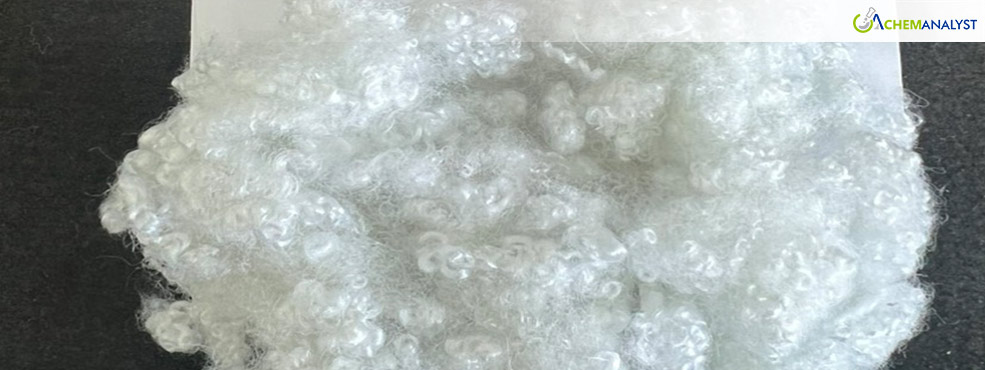PSF Prices Decline in February 2025 as Supply Outpaces Demand Across Key Markets
- 24-Feb-2025 3:45 PM
- Journalist: Nicholas Seifield
Polyester Staple Fiber (PSF) prices exhibited a soft market trend across the global market in February 2025. The overall price movement was primarily influenced by supply-demand dynamics and fluctuations in the feedstock market. Despite fluctuations in feedstock prices, PSF prices remained under pressure due to abundant inventory levels and subdued downstream demand.
In the European market, PSF prices followed a declining trajectory throughout the month. However, prices remained steady until mid-February before witnessing a 1.21% drop on February 21. Despite an upward trend in key feedstock prices such as Mono Ethylene Glycol (MEG) and Purified Terephthalic Acid (PTA) in Germany, PSF prices remained weak. This trend was largely driven by high inventory levels and restrained demand from the downstream sector. Additionally, imports from overseas markets at lower price points contributed to the bearish sentiment in the European PSF market.
A similar trend was observed in the US market, where PSF prices declined by 1.17% during the period. Ample supply, backed by high inventory levels and stable import volumes, exerted downward pressure on prices. Import prices from Asia remained steady, primarily due to the slowdown caused by the Spring Festival. However, ongoing trade tensions and tariff concerns with China prompted US buyers to explore alternative sourcing options within Asia. Demand for PSF in the US downstream sector remained weak, contributing to an overall slowdown in the textile industry.
In the Asian market, PSF prices also exhibited a weak trend throughout February 2025. The Chinese PSF market-maintained stability until mid-month before experiencing a notable 1.1% price decline on February 21. This downturn was primarily driven by shifts in consumption patterns and reduced export levels. Trade tensions with the US led to a slight dip in export demand. Despite this, downstream spinning mills were in a relatively stronger position than the previous year, supported by sufficient raw material feedstock availability.
Following the Spring Festival holiday, PSF production resumed at a robust pace. By the Spring Festival, the operating rate of PSF plants had surpassed approximately 80%, reflecting a significant rise from approximately 70% recorded on the same date last year. As February progressed, operating rates stabilized around 85%, with limited room for further increases. This steady production pace suggested that supply levels would likely remain enough in the coming weeks.
Looking ahead, PSF prices may receive support from rising feedstock costs. PTA prices in China showed an upward trend in February, while MEG prices remained largely stable, with regular weekly fluctuations. These feedstock dynamics could provide some upward momentum for PSF prices in the near future, despite the prevailing demand-side challenges in key markets.




